Test: Networks Theorem - Electrical Engineering (EE) MCQ
20 Questions MCQ Test GATE Electrical Engineering (EE) Mock Test Series 2025 - Test: Networks Theorem
| 1 Crore+ students have signed up on EduRev. Have you? Download the App |
Which theorem assists in replacement of an impedance branch over the network by the other network comprising different circuit components, without affecting the V-I relations throughout the entire network?
A simple equivalent circuit of the 2 terminal network shown in fig. is
The Thevenin's equivalent circuit of the network shown in figure is across a-b is
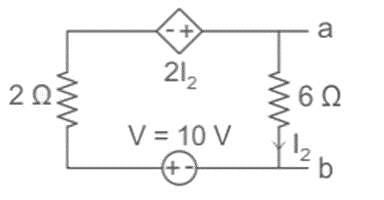
For In the the circuit shown in fig. a network and its Thevenin and Norton equivalent are given
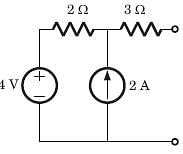
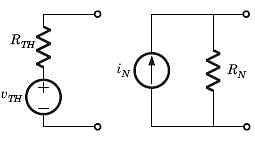
The value of the parameter are
VTH RTH IR RRN
What is the Thevenin’s voltage across the a-b terminal in the given circuit?

A circuit is given in fig. Find the Thevenin equivalent as given in question..
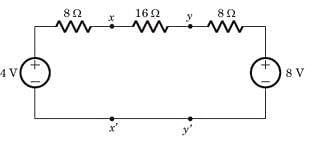
As viewed from terminal x and x' is
A circuit is given in fig. Find theThevenin equivalent as given in question.
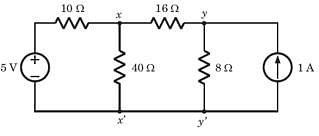
As viewed from terminal y and y' is
A practical DC current source provide 20 kW to a 50Ω load and 20 kW to a 200 Ω load. The maximum power, that can drawn from it, is
In the circuit of fig. P.1.4.15–16 when R = 0 Ω , the current iR equals 10 A.

The value of R, for which it absorbs maximum power, is
In the circuit of fig when R = 0 Ω , the current iR equals 10 A.

The maximum power will be
A battery has a short-circuit current of 30 A and an open circuit voltage of 24 V. If the battery is connected to an electric bulb of resistance 2Ω, the power dissipated by the bulb is
The following results were obtained from measurements taken between the two terminal of a resistive network

The Thevenin resistance of the network is
A DC voltmeter with a sensitivity of 20 kΩ/V is used to find the Thevenin equivalent of a linear network. Reading on two scales are as follows
(a) 0 - 10 V scale : 4 V
(b) 0 - 50 V scale : 5 V
The Thevenin voltage and the Thevenin resistance of the network is
Consider the network shown in fig.
The power absorbed by load resistance RL is shown in table :
Find the Thevenin equivalent.
|
25 docs|247 tests
|
|
25 docs|247 tests
|


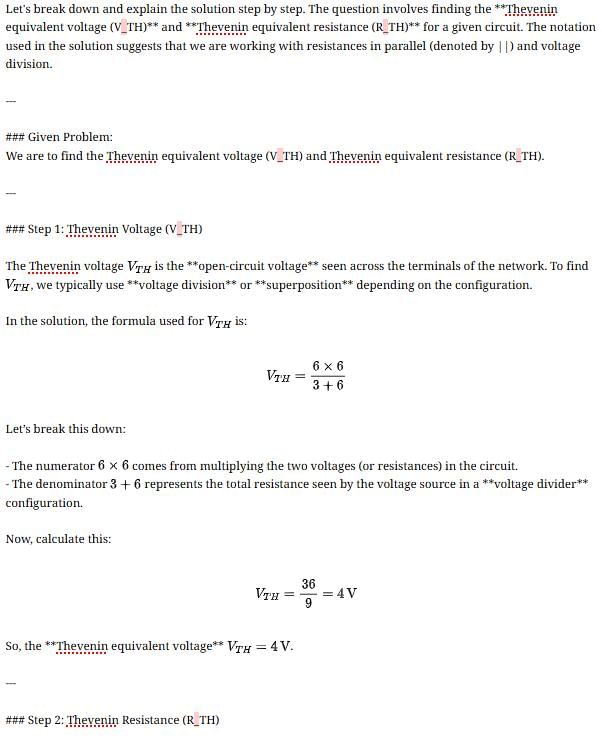
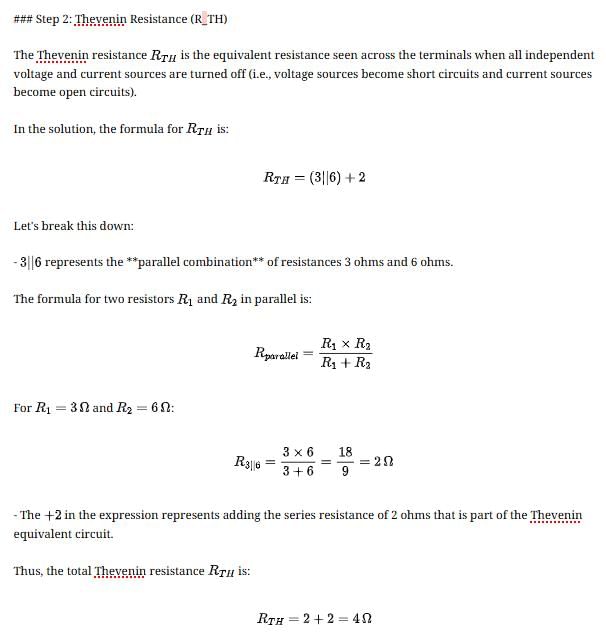

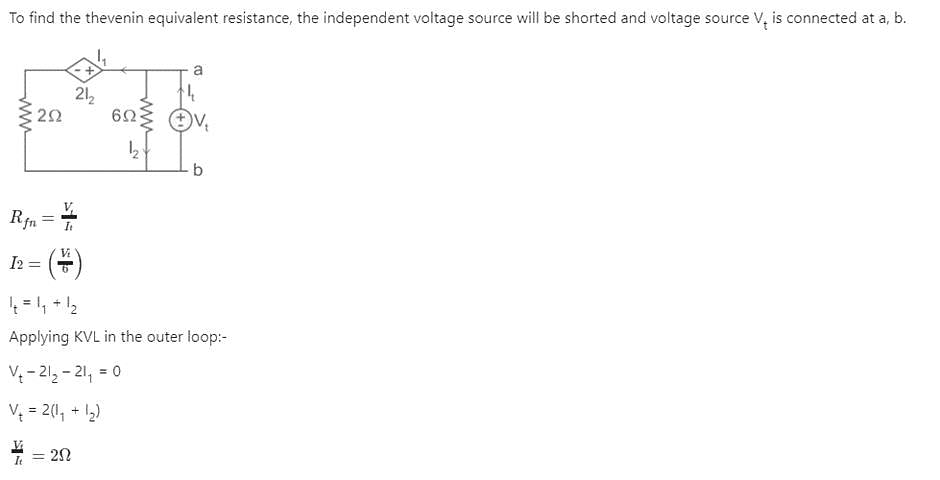

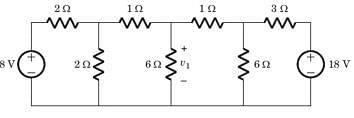
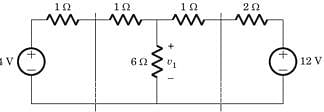


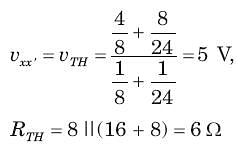
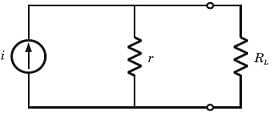






 = 50 μ A
= 50 μ A
























